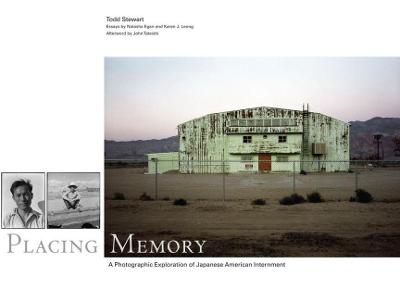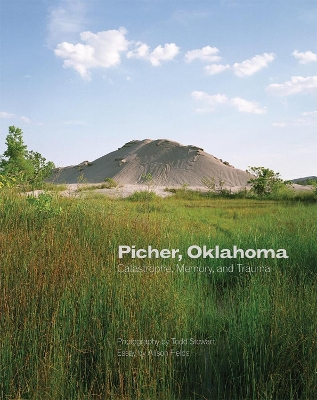The Charles M. Russell Center Series on Art and Photography of the American West
2 total works
Placing Memory is a powerful visual record of the internment. Featuring Todd Stewart's stunning color photographs of the sites as they appear today, the book provides a rigorous visual survey of the physical features of the camps - roads, architectural remains, and monuments - along with maps and statistical information.
Also included in this volume - juxtaposed with Stewart's modern-day images - are the black-and-white photographs commissioned during the 1940s by the War Relocation Authority. Thoughtful essays by Karen Leong, Natasha Egan, and John Tateishi provide provocative context for all the photographs.
In Todd Stewart's haunting photographs, faded snapshots and letters, well-worn garments, and books and toys give harrowing and elegiac testimony of constancy and dislocation. Empty buildings and bared foundations stand in silent witness to the homes, schools, churches, and businesses that once defined life in Picher. As these photographs and Alison Fields's accompanying essays explore the otherworldly town teetering over massive sinkholes, they reveal how memory, embedded in everyday objects, can be dislocated and reframed through both chronic and acute instances of environmental trauma.
Though hardly known outside the Three Corners Region of Oklahoma, Kansas, and Missouri, the fate of Picher echoes well beyond its borders. Picher, Oklahoma reflects the broader intersections of memory, time, material objects, and changing environments, demanding our attention even as it resists easy interpretation.

